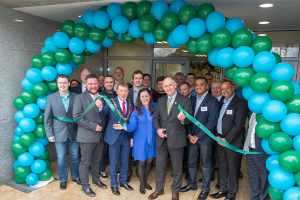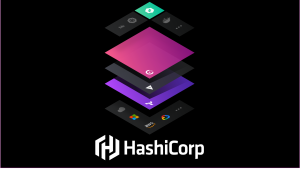Database snapshots can cut backup costs, improve recovery points
![]() Data backup costs can be decreased and recovery-time objectives (RTOs) improved by leveraging space-efficient database snapshots and a general-purpose catalog, writes Wikibon CEO and Co-founder David Vellante in his latest Professional Alert. Disk-based, purpose-built backup appliances using data deduplication, pioneered by DataDomain (now part of EMC Corp., Inc.), solved several problems but are still plagued by three issues in the Big Data era:
Data backup costs can be decreased and recovery-time objectives (RTOs) improved by leveraging space-efficient database snapshots and a general-purpose catalog, writes Wikibon CEO and Co-founder David Vellante in his latest Professional Alert. Disk-based, purpose-built backup appliances using data deduplication, pioneered by DataDomain (now part of EMC Corp., Inc.), solved several problems but are still plagued by three issues in the Big Data era:
- Data growth is outpacing the appliance’s capacity and ability to accommodate new requirements;
- Data growth plus the demand for 24 hour, seven day-a-week availability makes it difficult to complete backups within the available time windows;
- The appliances provide no visibility into the efficacy of the backups.
One result of this, a Wikibon survey of its members shows, is that many organizations cannot meet their desired RTOs for mission-critical applications.
Vellante argues that these problems can be reduced or eliminated by the use of space-efficient snapshots, which capture changes in a database at a specific point in time. Once a base copy of the database has been backed up to the appliance, rather than then backing up subsequent full copies with each backup, snapshots can be captured and, when a recovery is needed, applied to the base database copy.
One advantage of this strategy is that snapshots are a fraction of the size of the full database, alleviating the first two issues. Also, snapshots can be made frequently, improving the effective recovery-point from 24 hours or longer to as little as 15 minutes.
The one danger Vellante warns of is “copy creep”, the tendency to make constant snapshots just because it can be done. Thus it is important to establish a practical recovery-point objective (RPO) for each database and use that to determine the frequency of snapshots. Thus for instance if the business can live with a 12-hour RPO, a snapshot might be taken every 12 hours, not every 10 minutes.
The backup catalog
.
The backup catalog speaks to the lack of information on backup status from the purpose-built appliances. General-purpose catalogs capture information about which files have been backed up, where the backup is located and other critical metadata. Typically this information applies only to a single vendor’s backup solution and is locked inside the appliance where it can only be used by the system that stored the data.
A general-purpose catalog, Vellante says, can capture metadata on all copies of the database, including snapshots, and can be used to automate recovery from snapshots. It tracks when snapshots are made, if and when the snapshot’s differential data was copied and which snapshot is most current. When a recovery is needed, the catalog can adjudicate and automate which files should be restored, dramatically reducing the probability of administrator error.
To demonstrate the impact of this strategy, Wikibon has modeled its economics and potential savings in Capex and Opex versus the traditional backup approach using a backup appliance. Vellante discusses this model and illustrates it with two graphs in the report.
This strategy, Vellante argues, becomes increasingly beneficial as data volumes grow. Constantly adding purpose-built hardware and software to a hardened data backup appliance only acerbates the problems while increasing the expense. IT practitioners should investigate and test new backup strategies using application-consistent snapshots and a general purpose catalog to improve backup efficiencies, decrease costs, and create new business value.
The full Professional Alert, “Thinking Beyond Backup: Getting More from Snapshot Technology”, can be read without charge on the Wikibon website. IT professionals are invited to register for membership in the Wikibon community. This allows them to help determine the direction of Wikibon research, participate in that research, post questions and comments for the Wikibon analysts and post their own written research for the community.
photo credit: See-ming Lee 李思明 SML via photopin cc
A message from John Furrier, co-founder of SiliconANGLE:
Your vote of support is important to us and it helps us keep the content FREE.
One click below supports our mission to provide free, deep, and relevant content.
Join our community on YouTube
Join the community that includes more than 15,000 #CubeAlumni experts, including Amazon.com CEO Andy Jassy, Dell Technologies founder and CEO Michael Dell, Intel CEO Pat Gelsinger, and many more luminaries and experts.
THANK YOU











